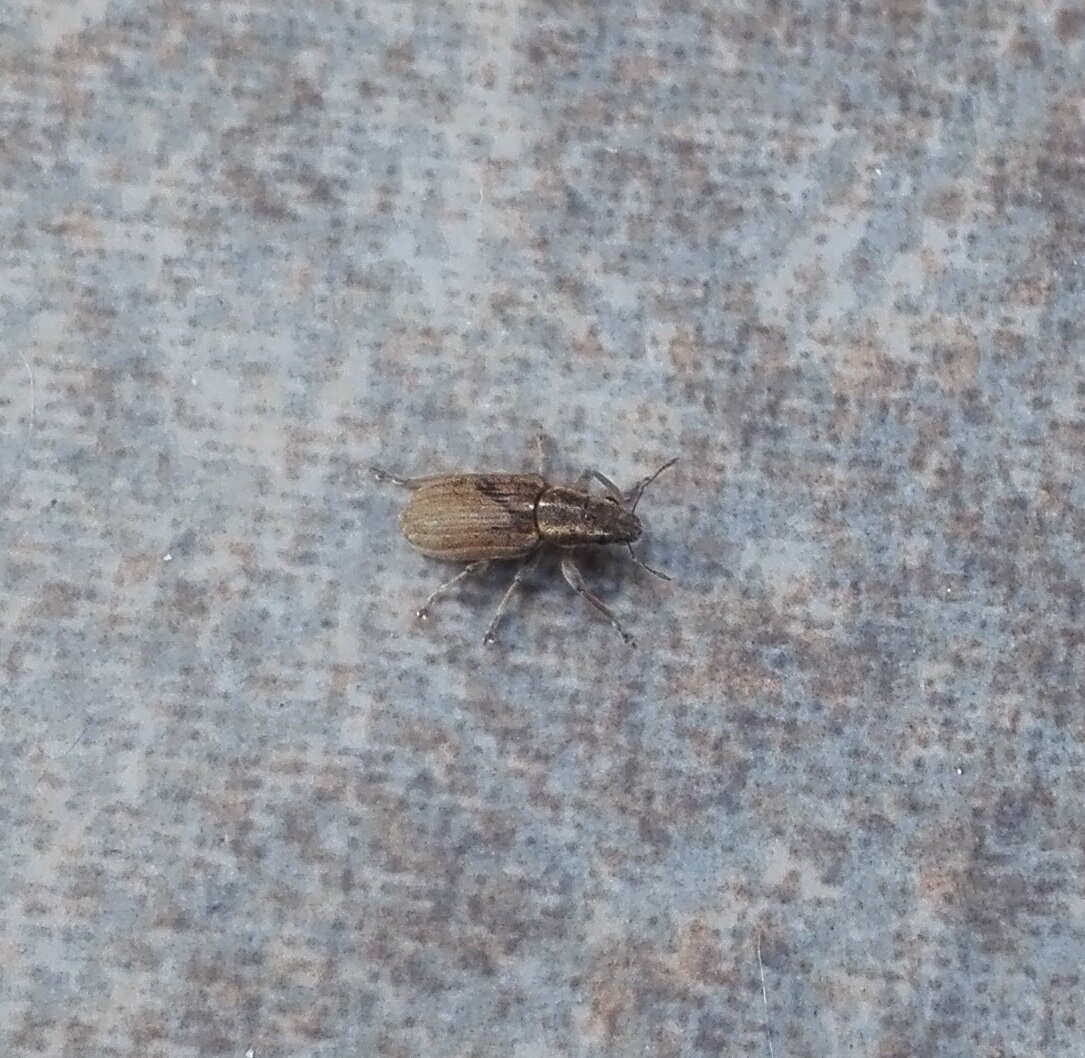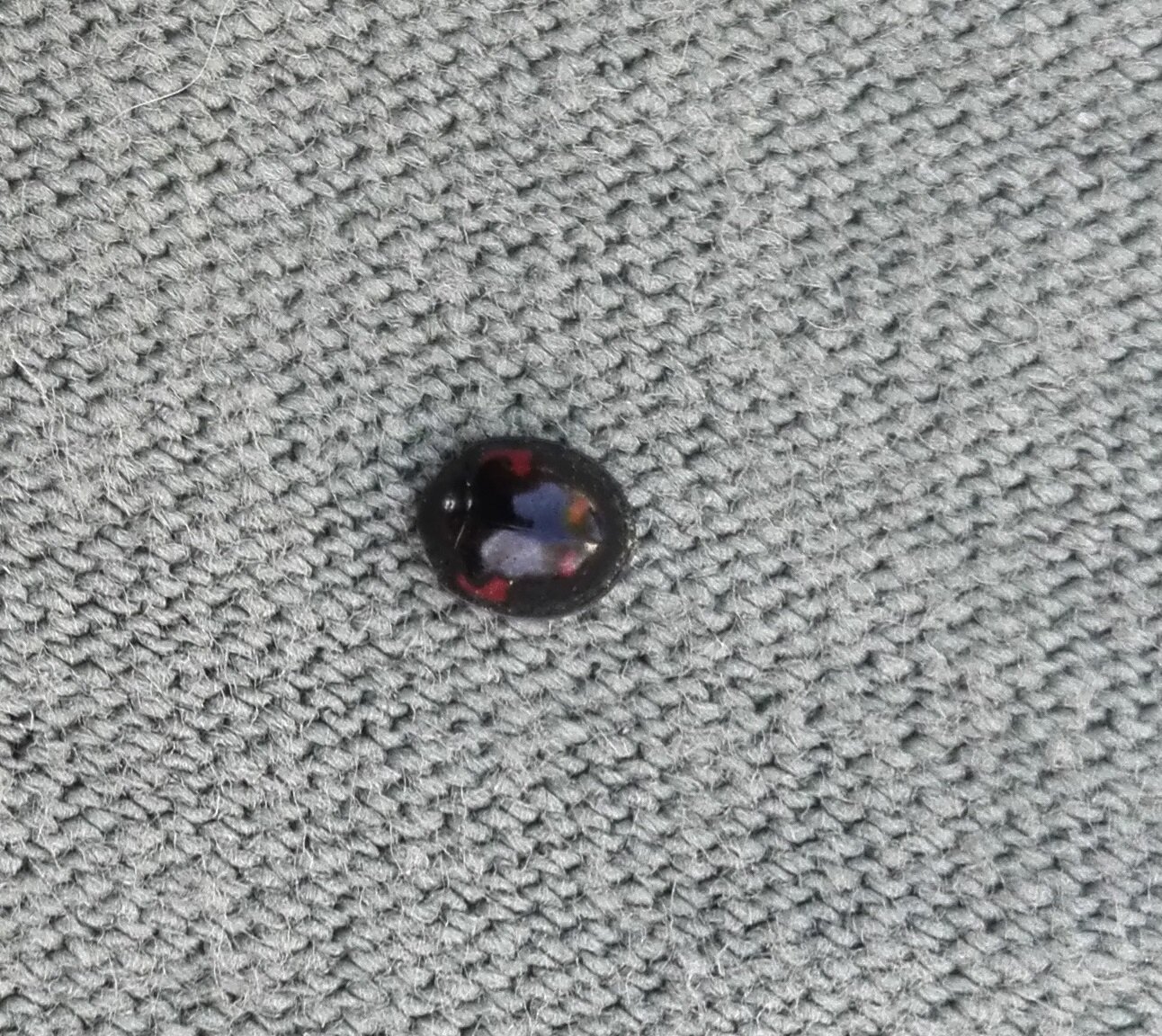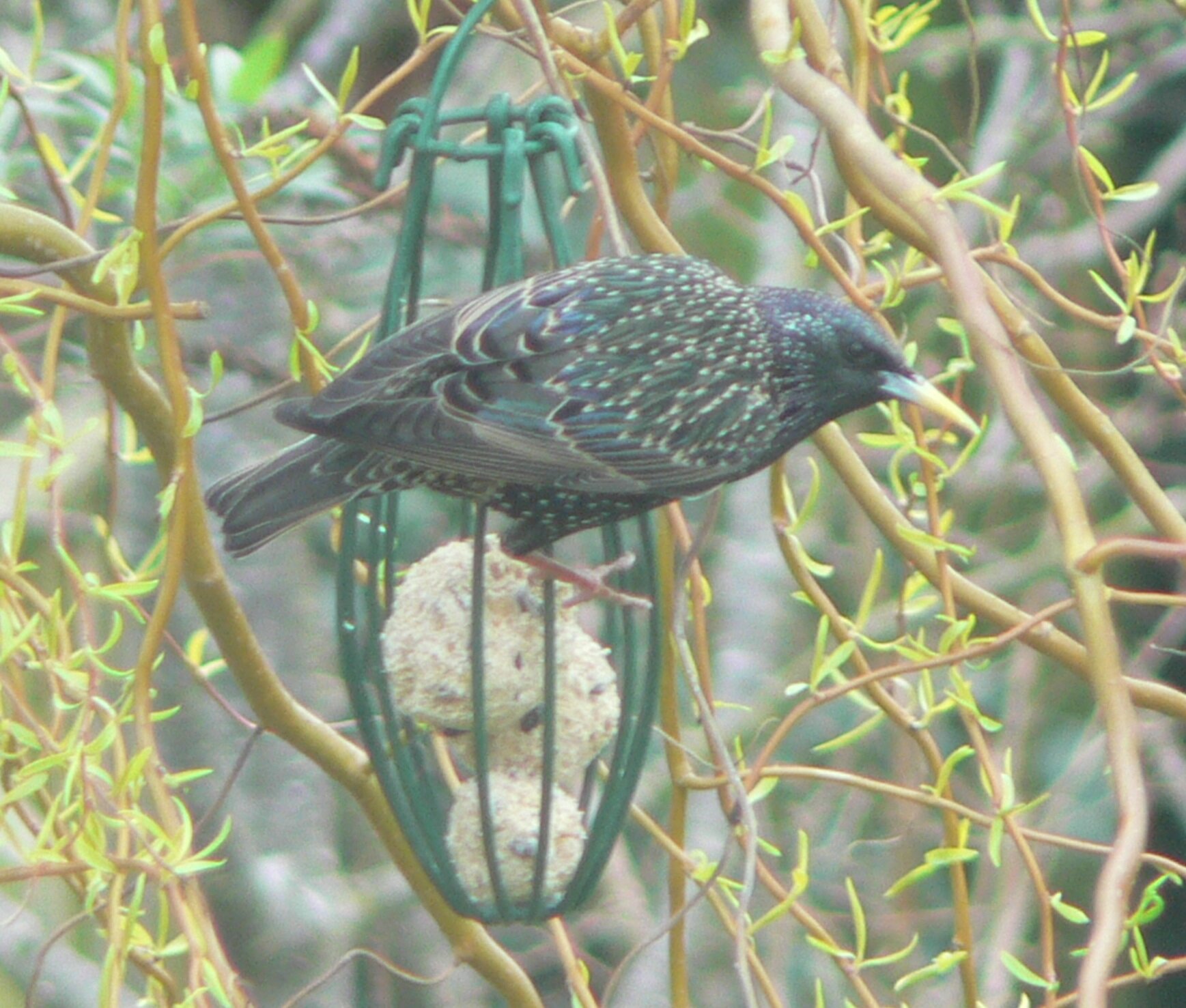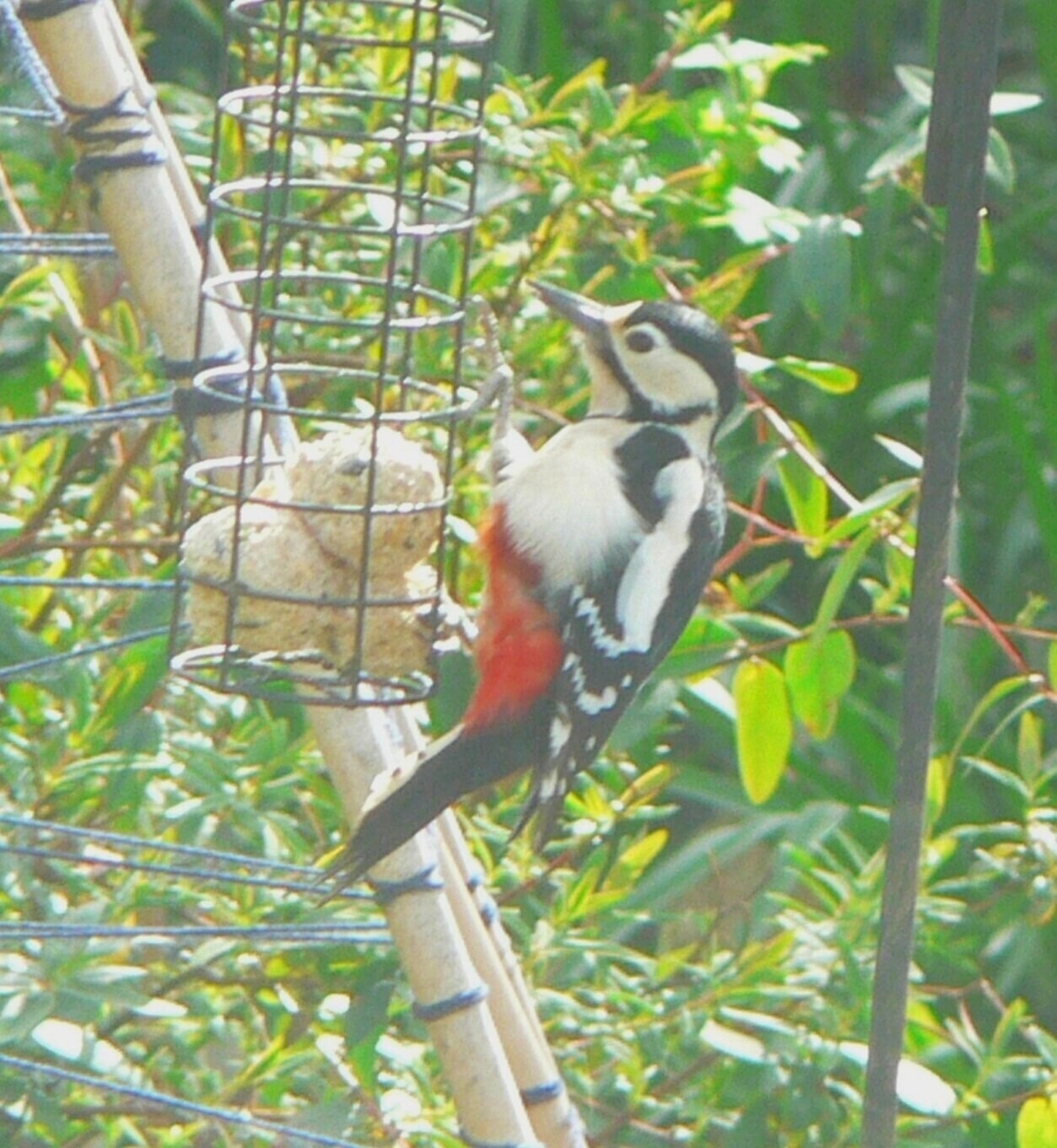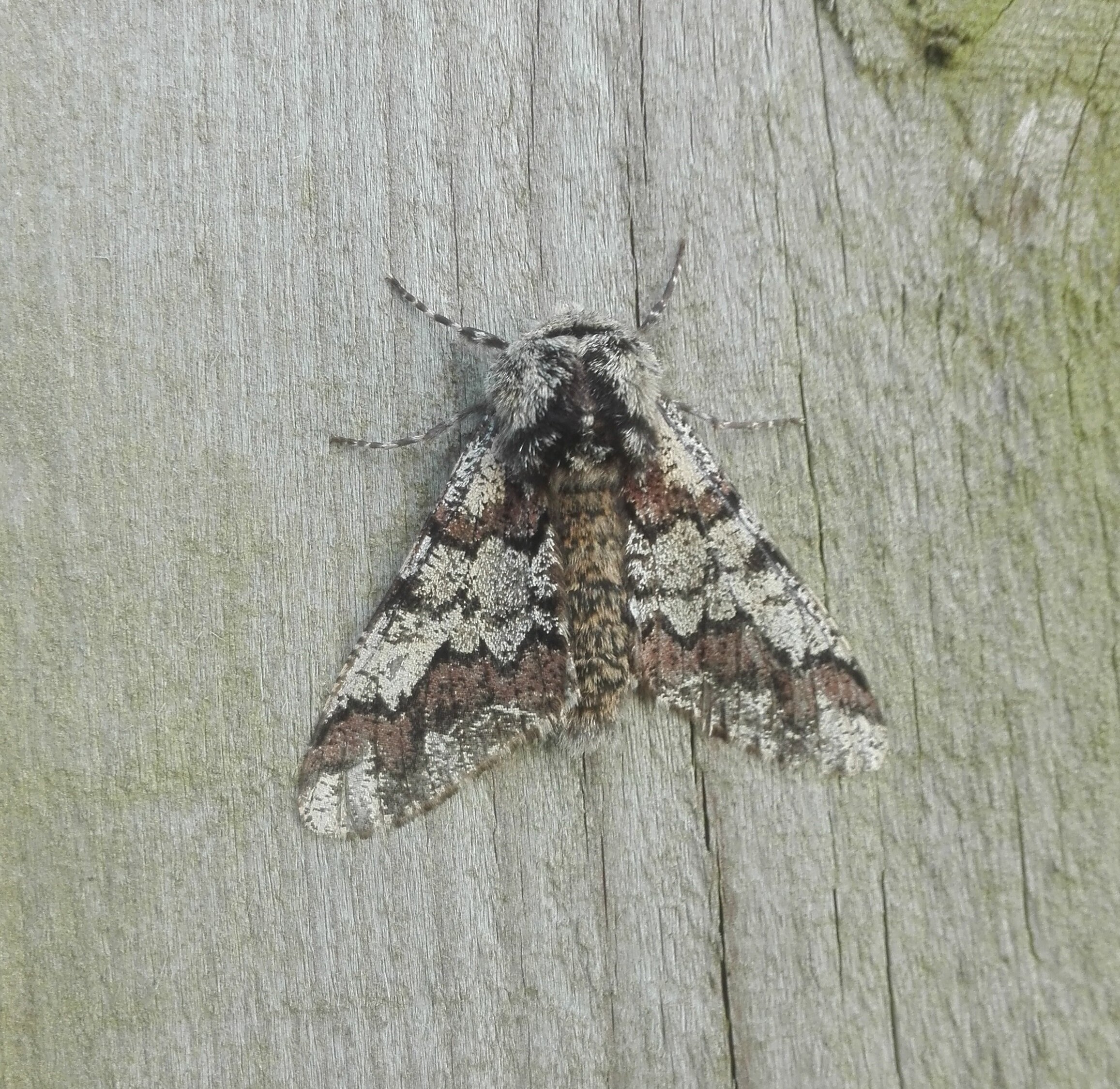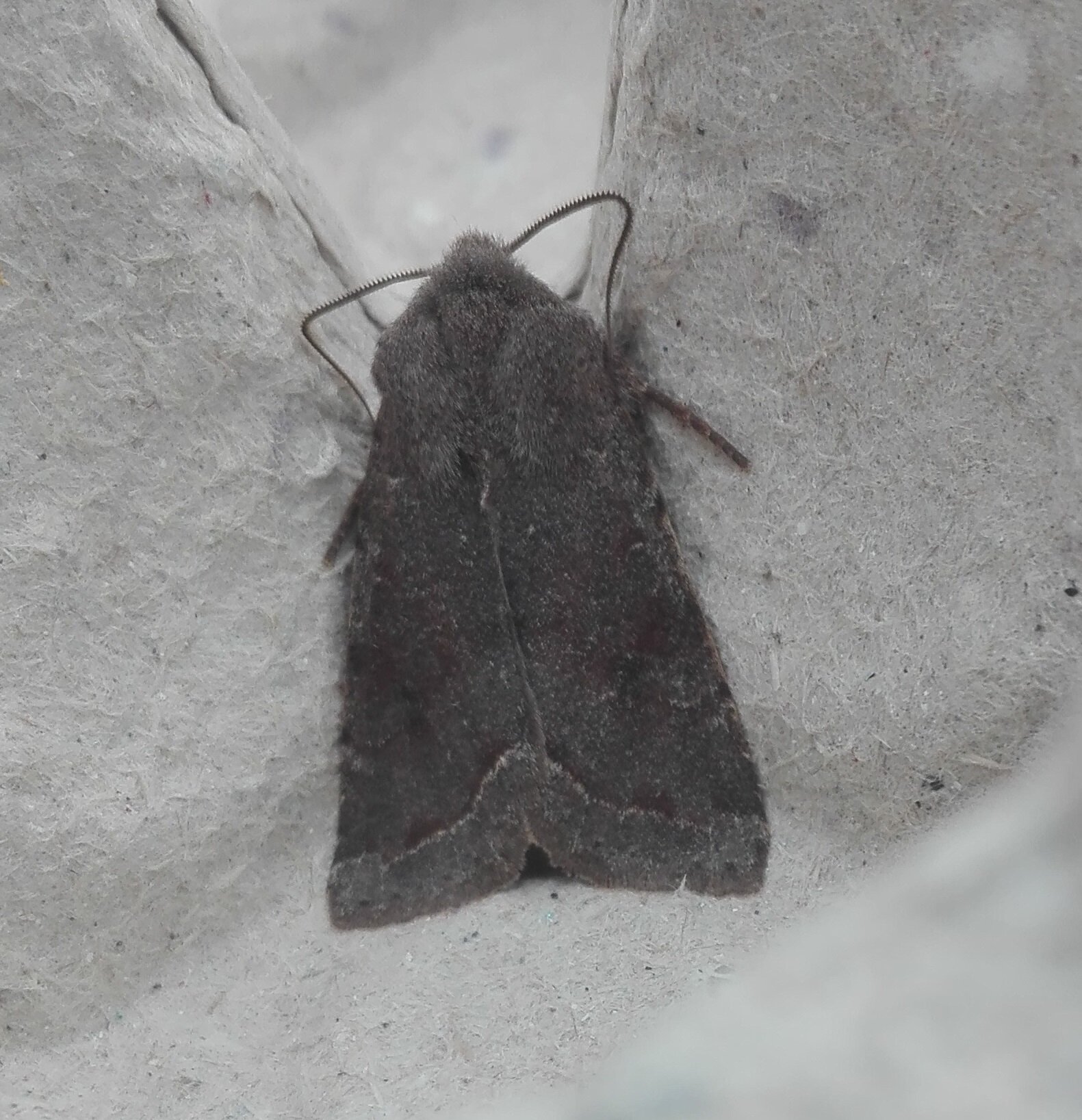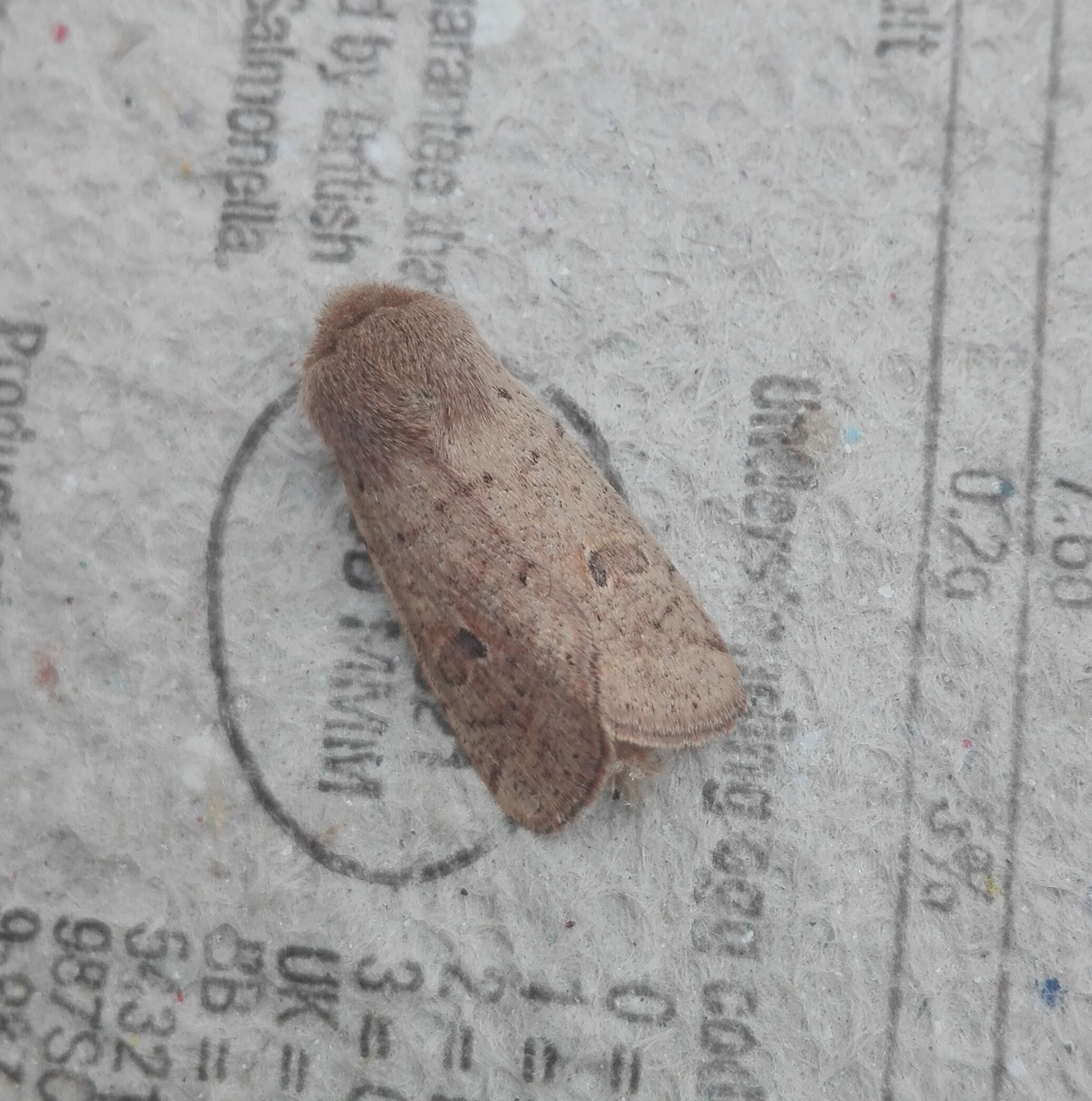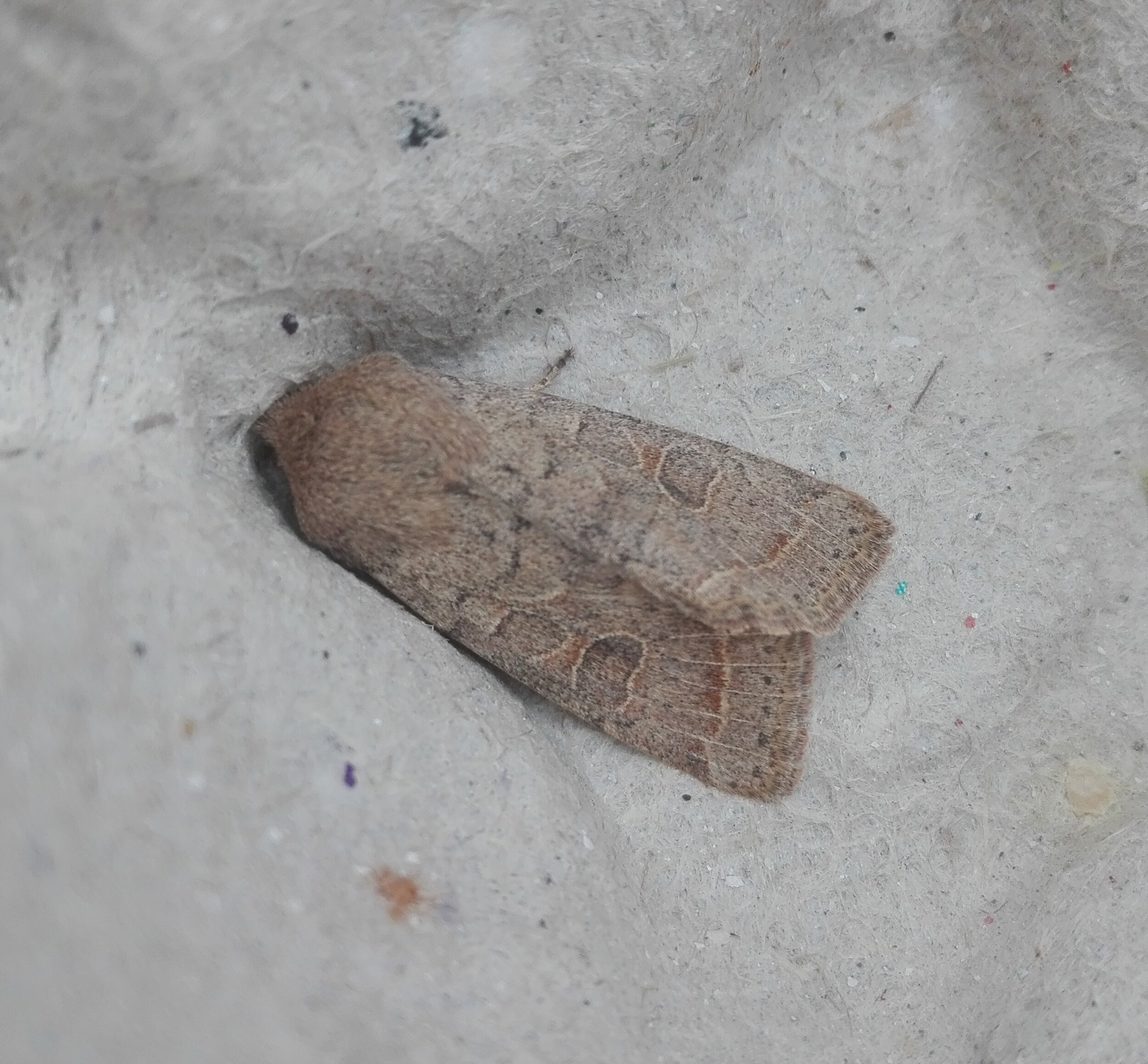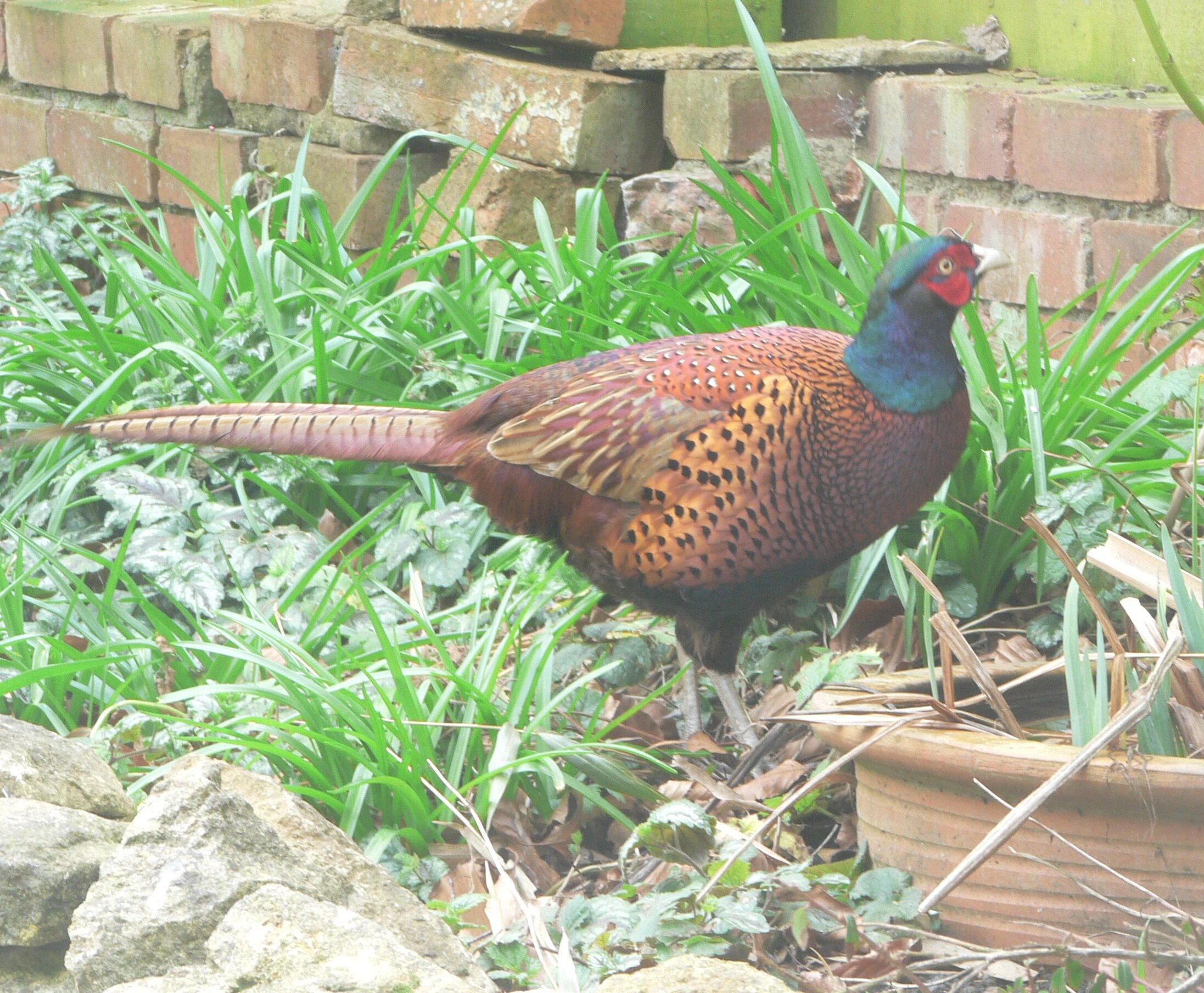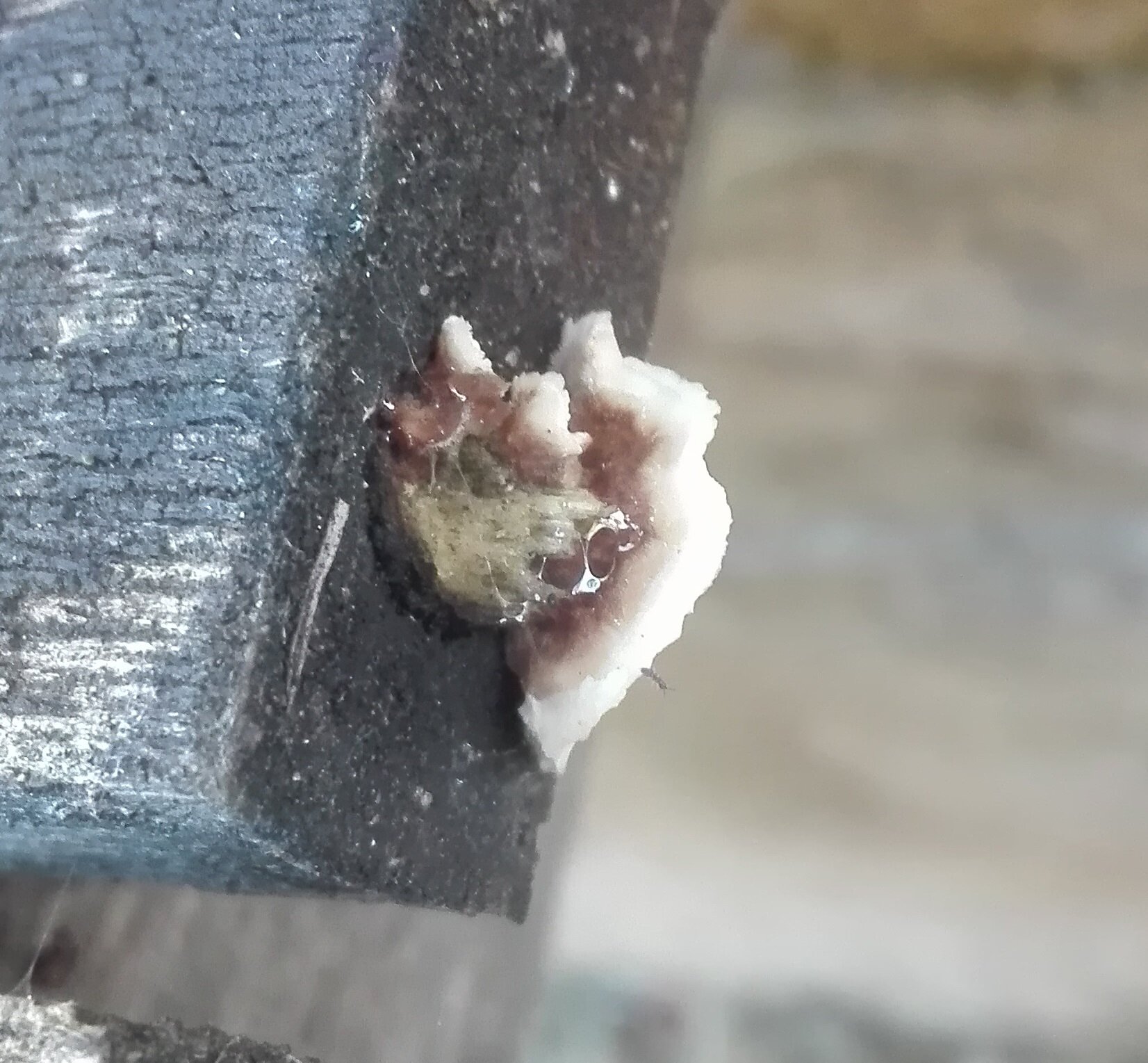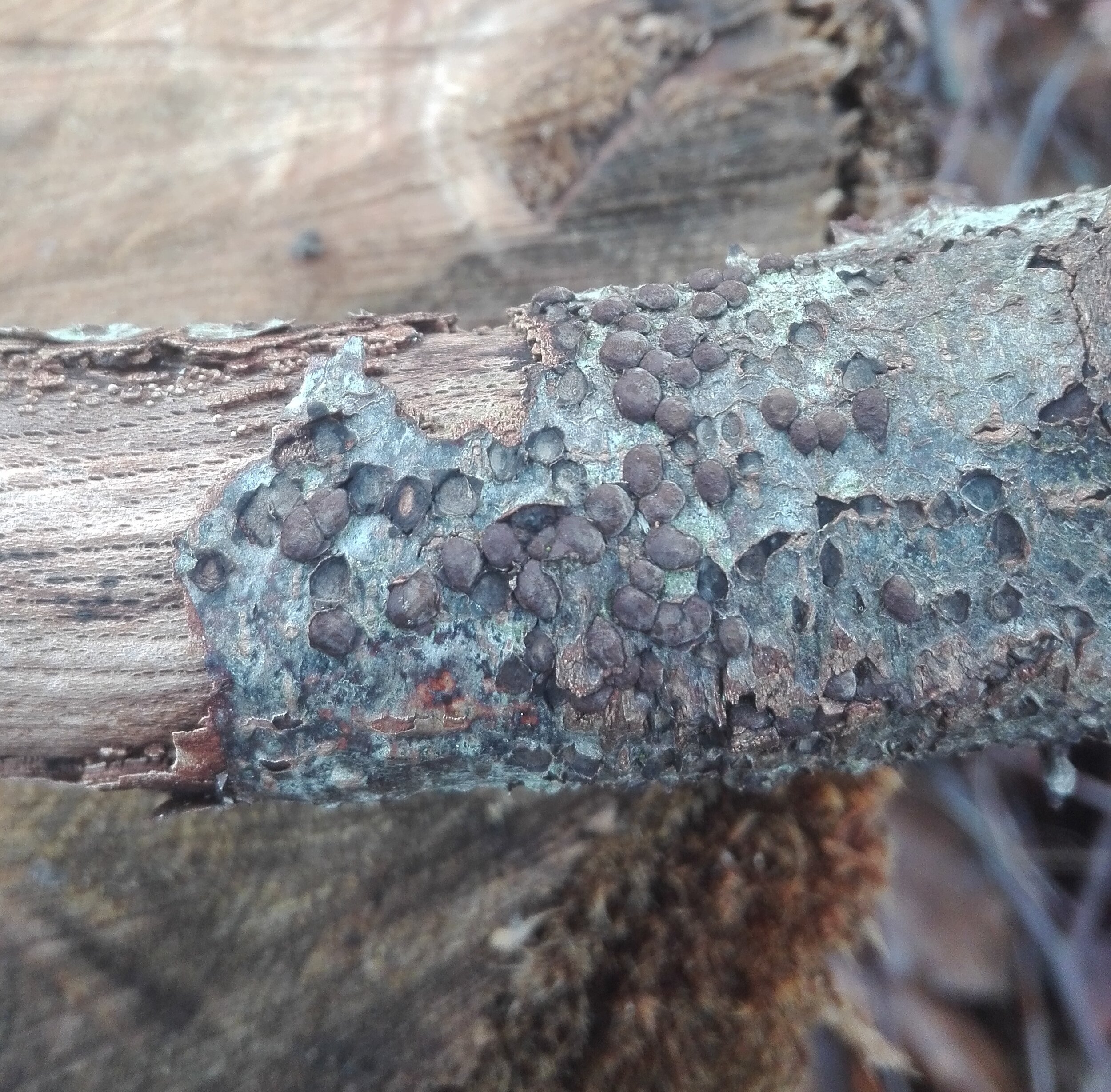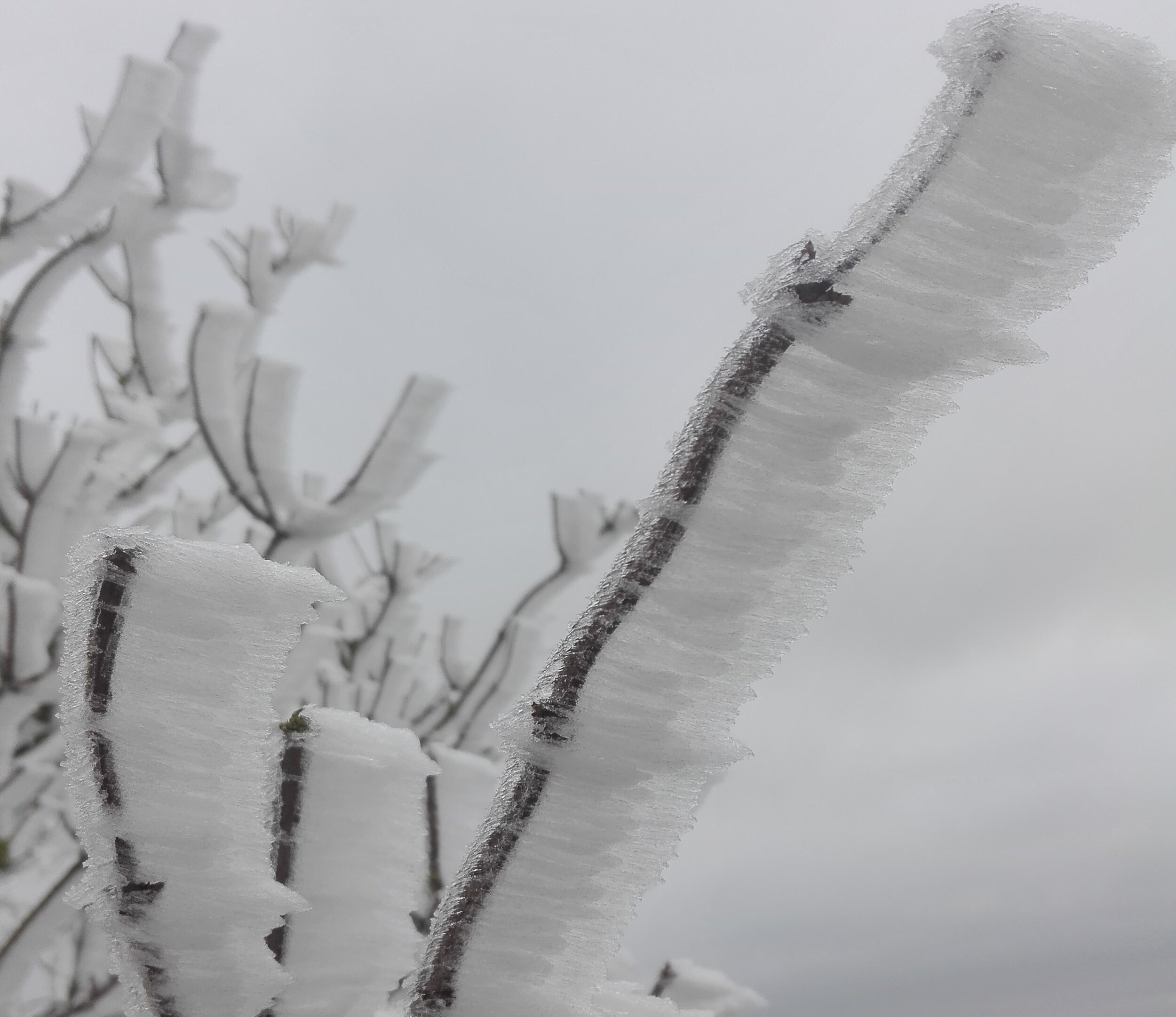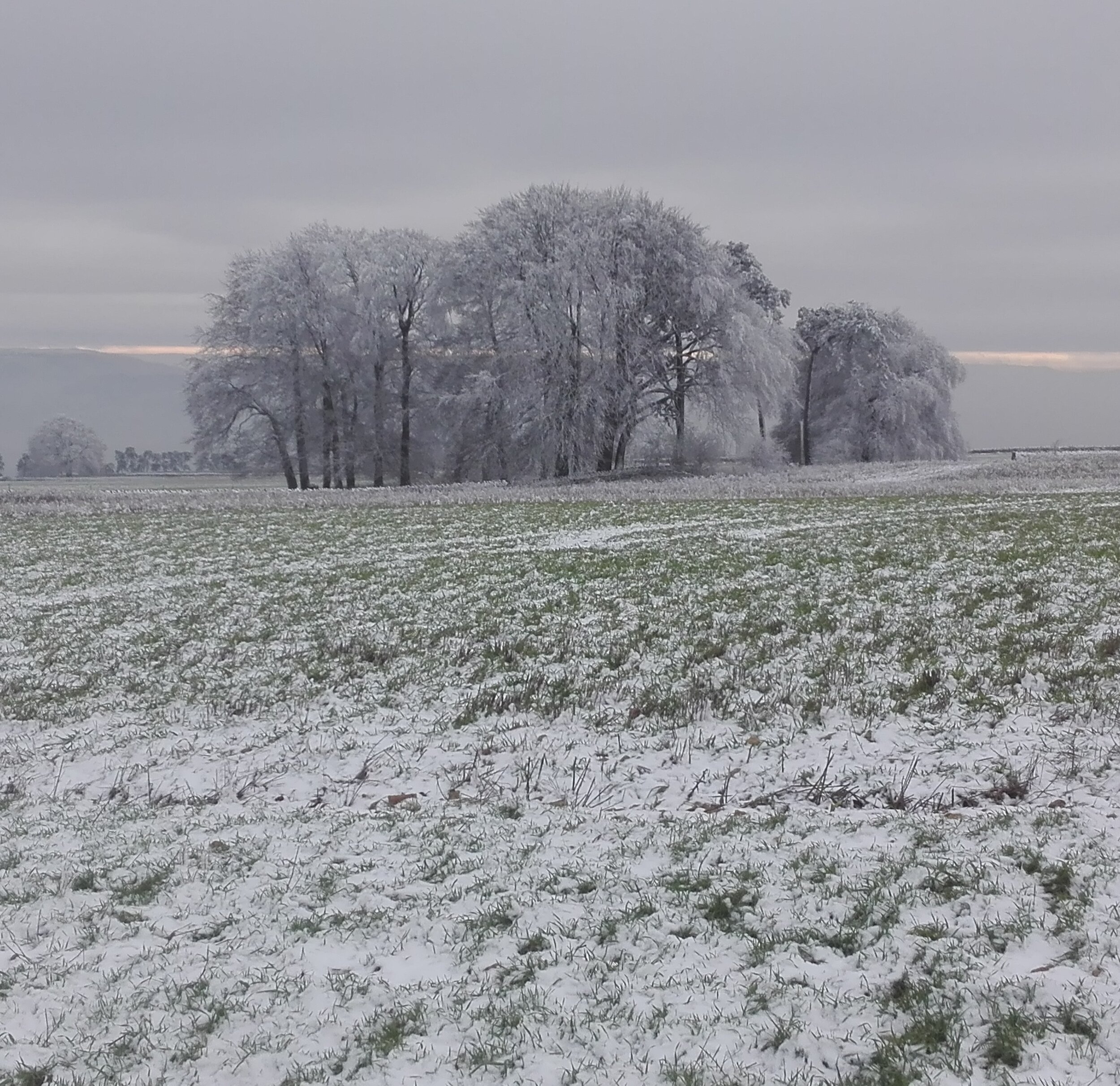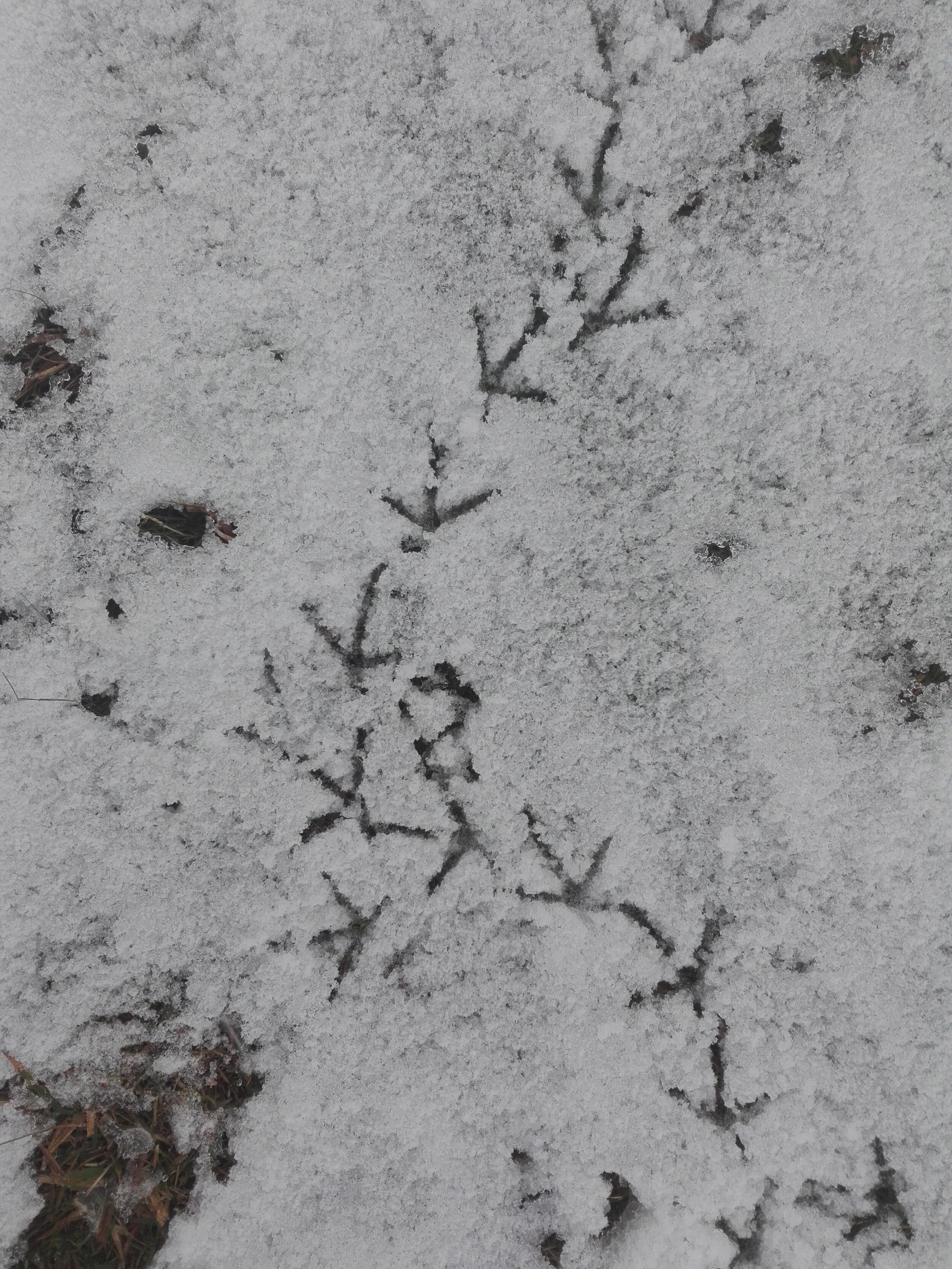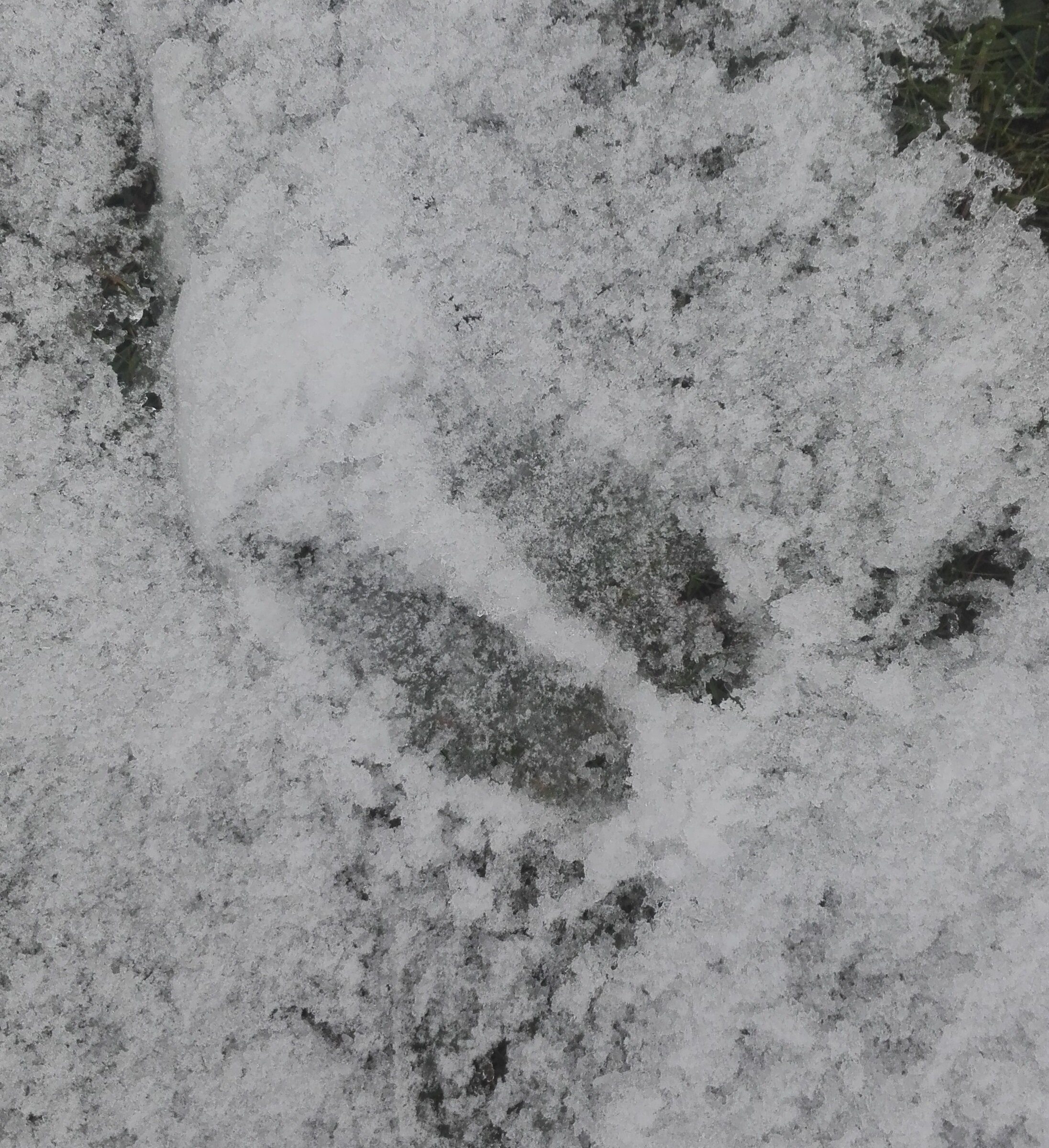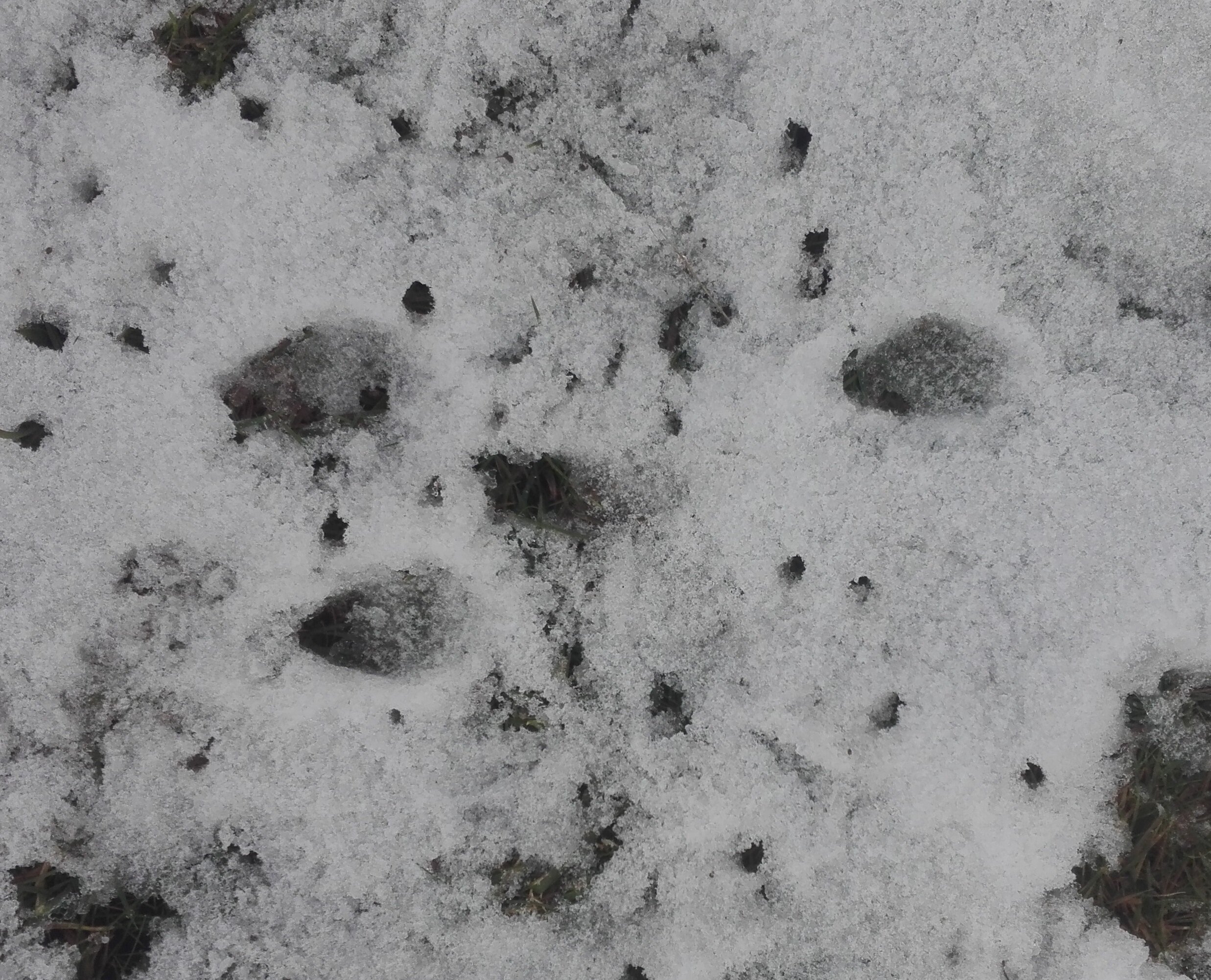It seems like so long, but the first bees are back in the garden, with sunny days meaning we have some spring bees. A few bumble bees, honey bees on the heather, mini-mining bees on the daffodils and this male Red Mason Bee (Osmia bicornis) sunbathing on the willow tree. It seems quite early for this species, right at the end of Feb, but then it was a lovely warm afternoon and the smaller males do appear a couple of weeks before the females.
Not for want of looking, but this is the first thing worth a mention that I’ve seen all month, except a few un-photographed birds. Even the moth trap has drawn a blank on its two excursions so far this year, but if it stays warm it looks like I’ll be giving it another go soon.




